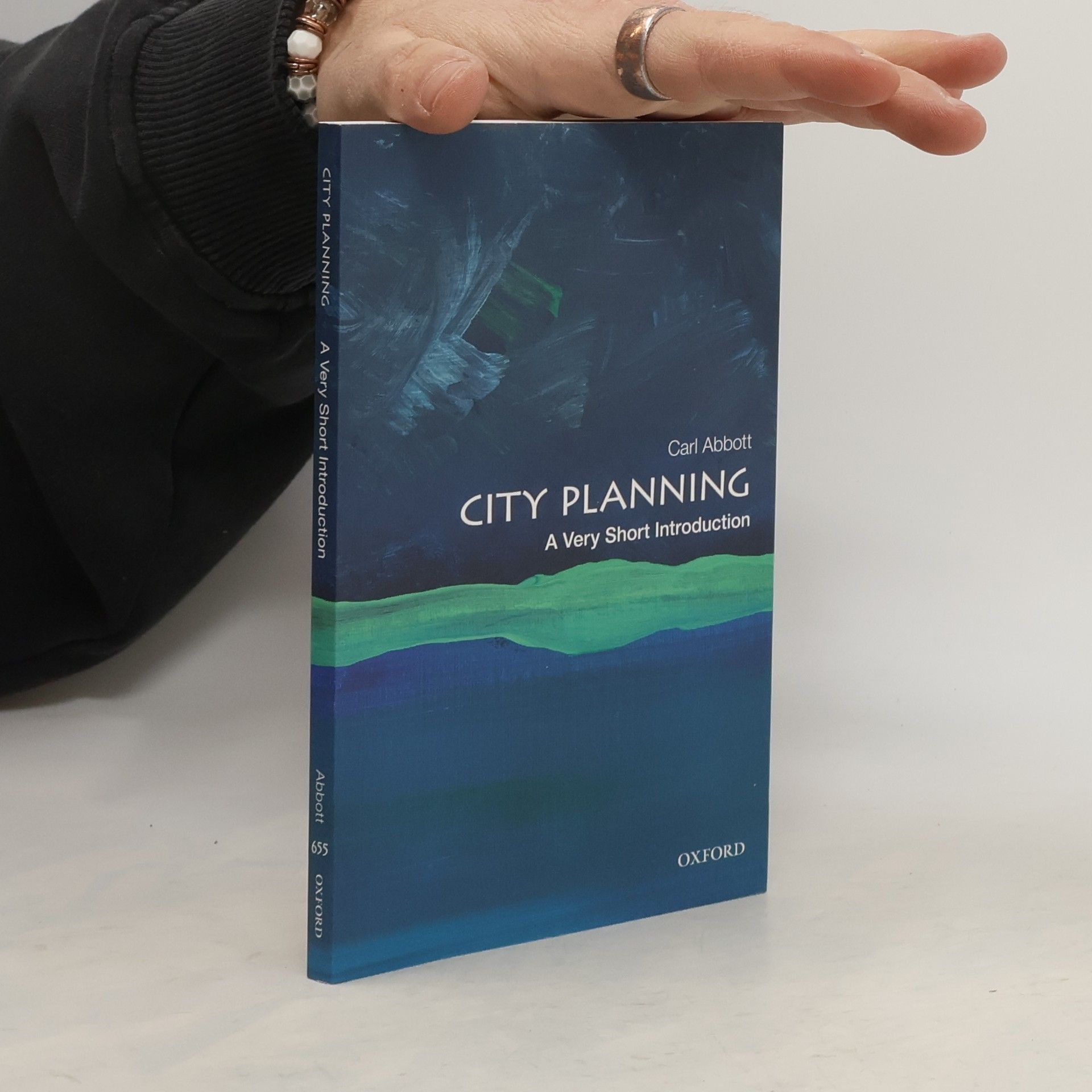It sometimes seems as if suburbs are taking over the world. For the last two centuries, most urban growth has been on the edges. This book surveys not only the "Brady Bunch suburbs" of the United States but also improvised communities on the edges of Latin American cities and the high-rise suburbs of Eastern Europe and East Asia. Some suburbs have been carefully planned to the last detail by master architects while others are the result of thousands of individual decisions by households and builders. Together they have built the places that billions of people call home.
Carl Abbott Bücher





Portland in Three Centuries: The Place and the People
- 216 Seiten
- 8 Lesestunden
Focusing on the diverse figures who have influenced Oregon's largest city, this history spans from early European contact to the twenty-first century. It features not only prominent politicians and business leaders but also highlights the contributions of workers, immigrants, union members, women, artists, and activists. Carl Abbott provides a comprehensive look at the social and cultural dynamics that have shaped Portland, offering a rich narrative that celebrates the city's multifaceted heritage.
"Quakerism: The Basics is an accessible and engaging introduction to the history and diverse approaches and ideas associated with The Religious Society of Friends. This small religion incorporates a wide geographic spread and varied beliefs that range from evangelical Christians to non-theists. Topics covered include: Quaker values in action The first generations of Quakerism Quakerism in the eighteenth and nineteenth centuries Belief and activism Worship and practice Quakerism around the world The future of Quakerism. With helpful features including, suggested readings, timelines, a glossary, and a guide to Quakers in fiction, this book is an ideal starting point for students and scholars approaching Quakerism for the first time as well as those interested in deepening their understanding"--
City Planning: A Very Short Introduction
- 160 Seiten
- 6 Lesestunden
"City Planning: A Very Short Introduction gives an international overview of progress in city planning over the last century. City planning explores the tension between the idea of cities as individually held land-parcels and as representations of community and identity. It has inevitable political and ethical dimensions. Over time, cities have grown and merged, leading to larger-scale thinking about planning, but it remains a regional discipline. Part of city planning involves making cities more resilient to natural disasters and civil conflict. Data, technological developments, commerce, and efficient functioning are important, but human connection is necessary for cities to survive"--
Quakers bring a special approach to political action that draws on 360 years of activism.